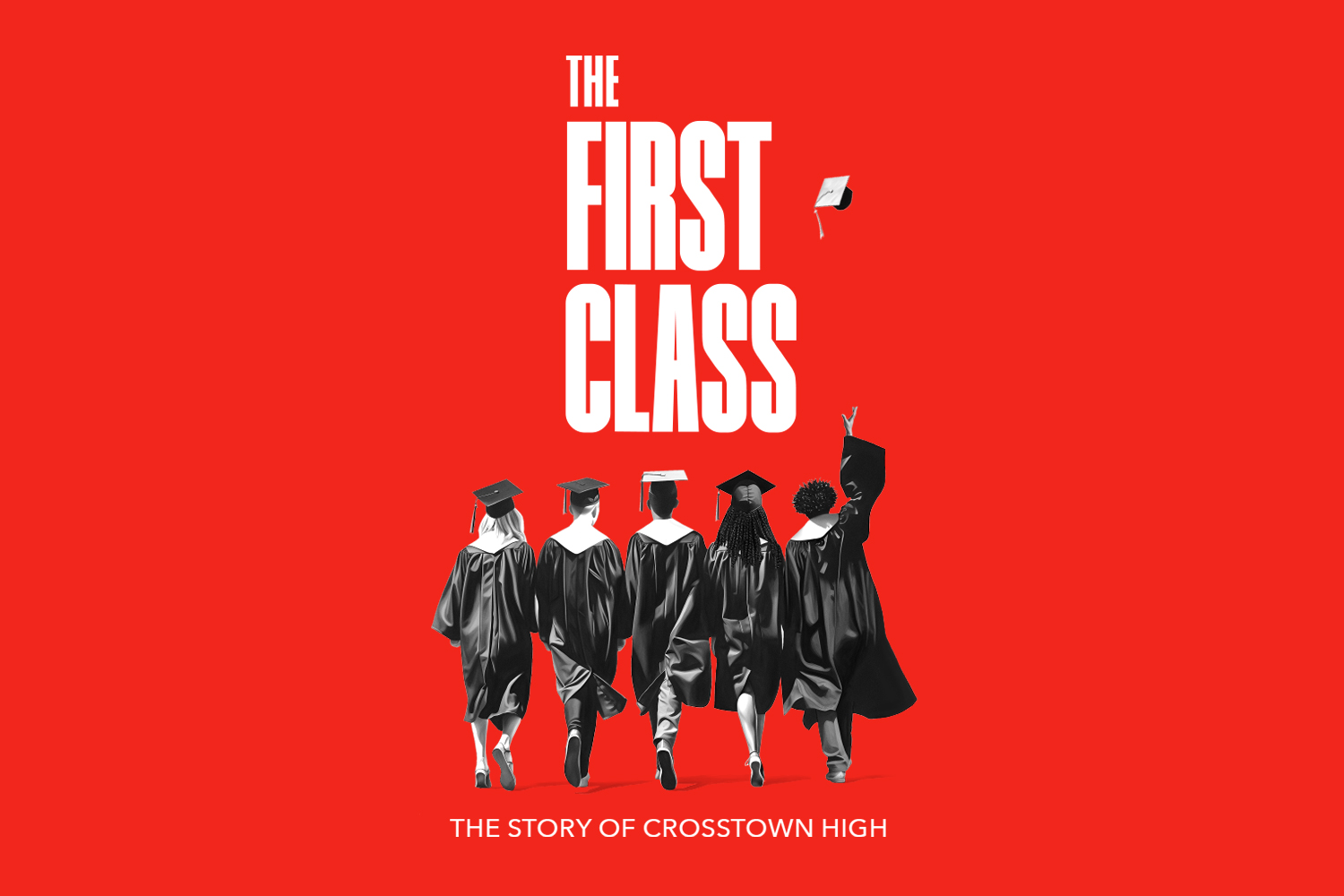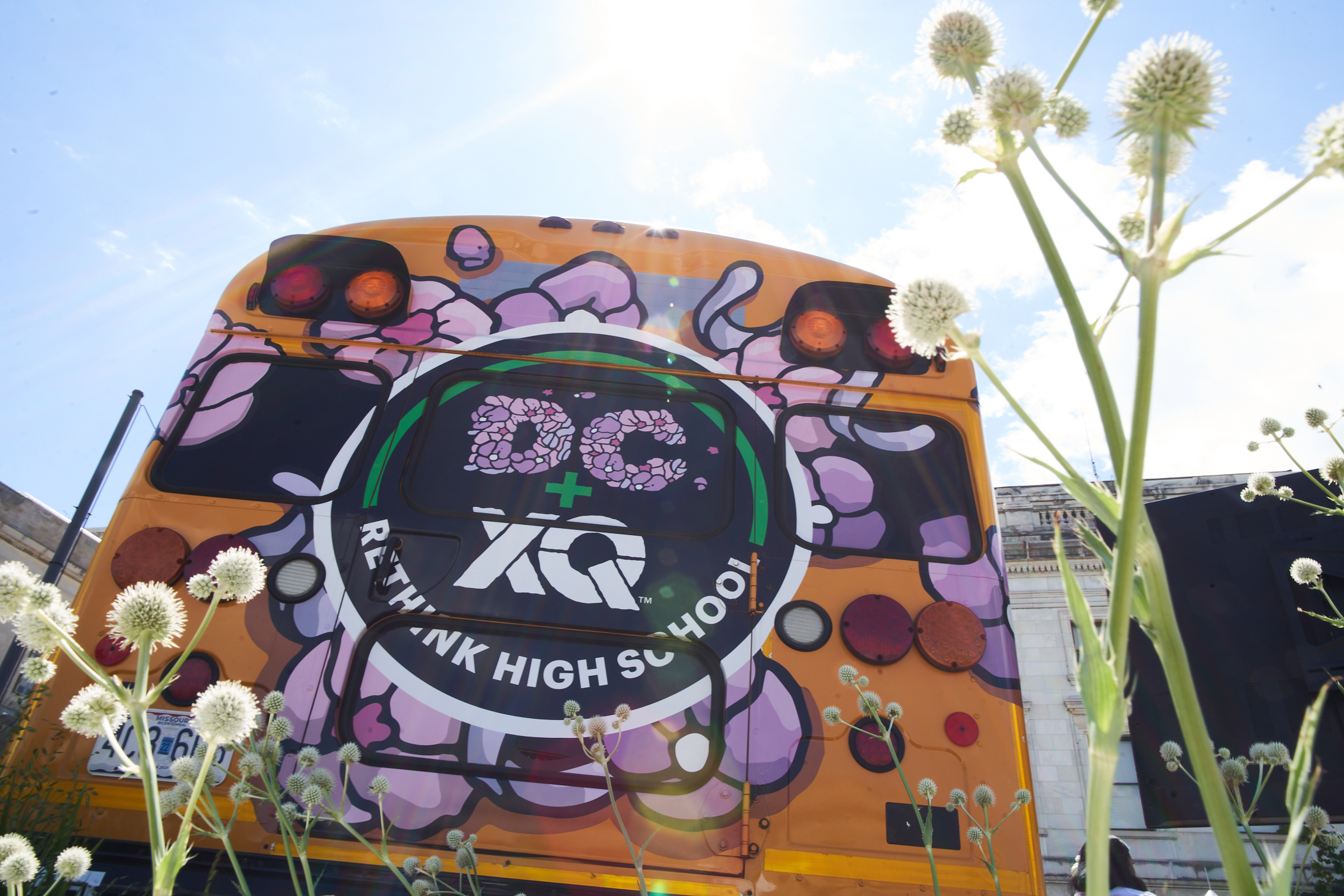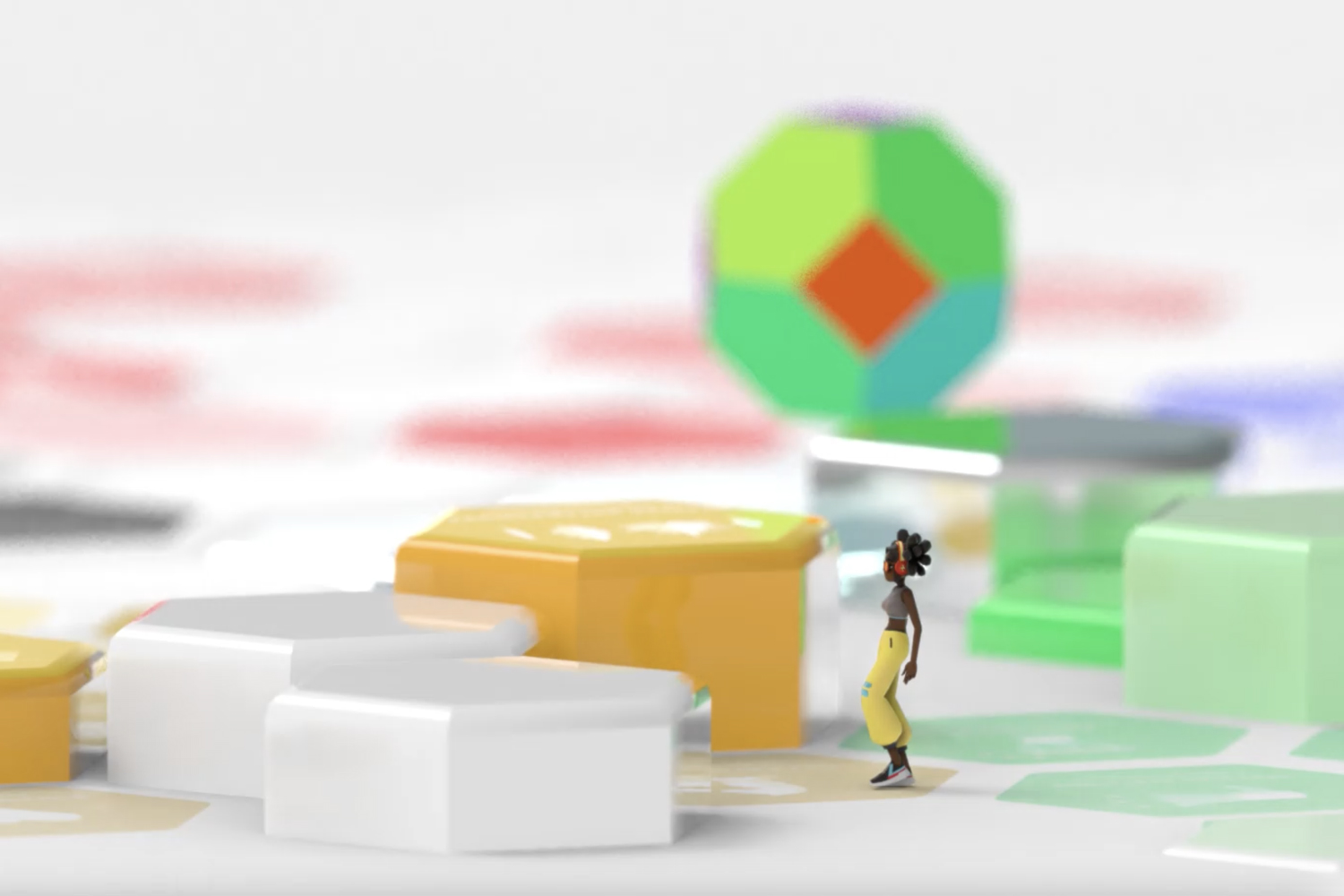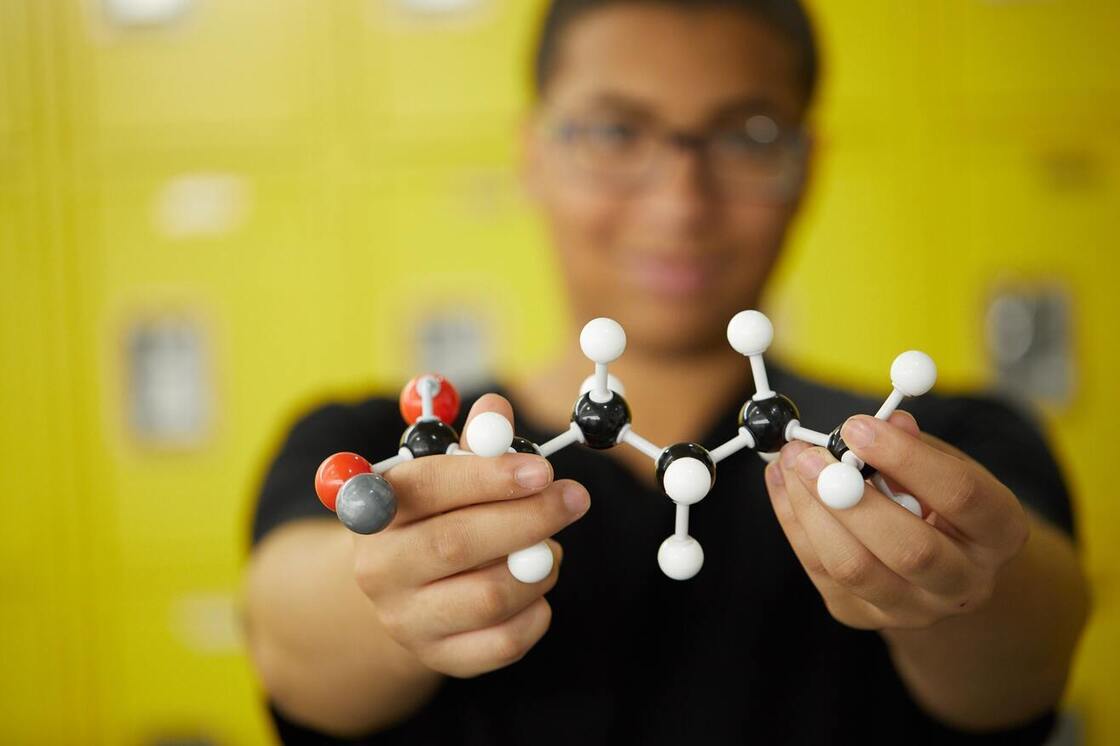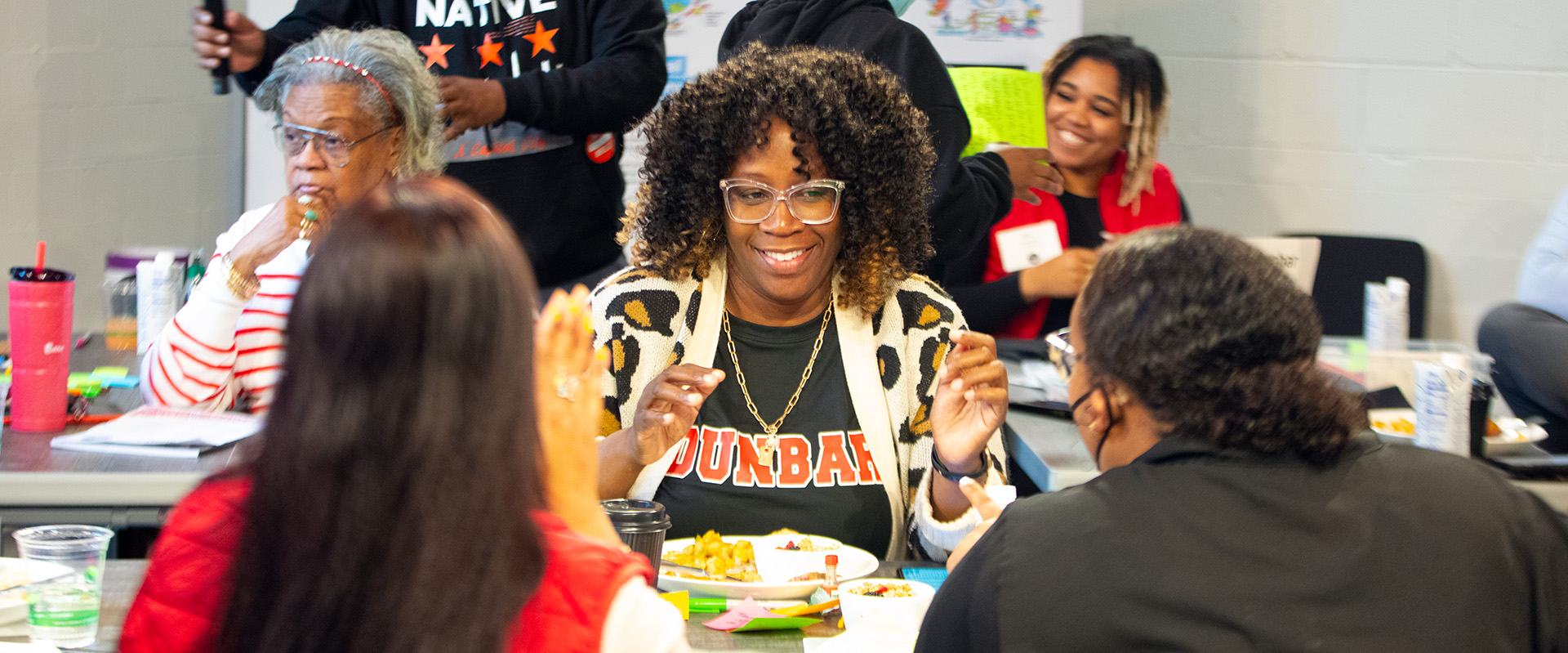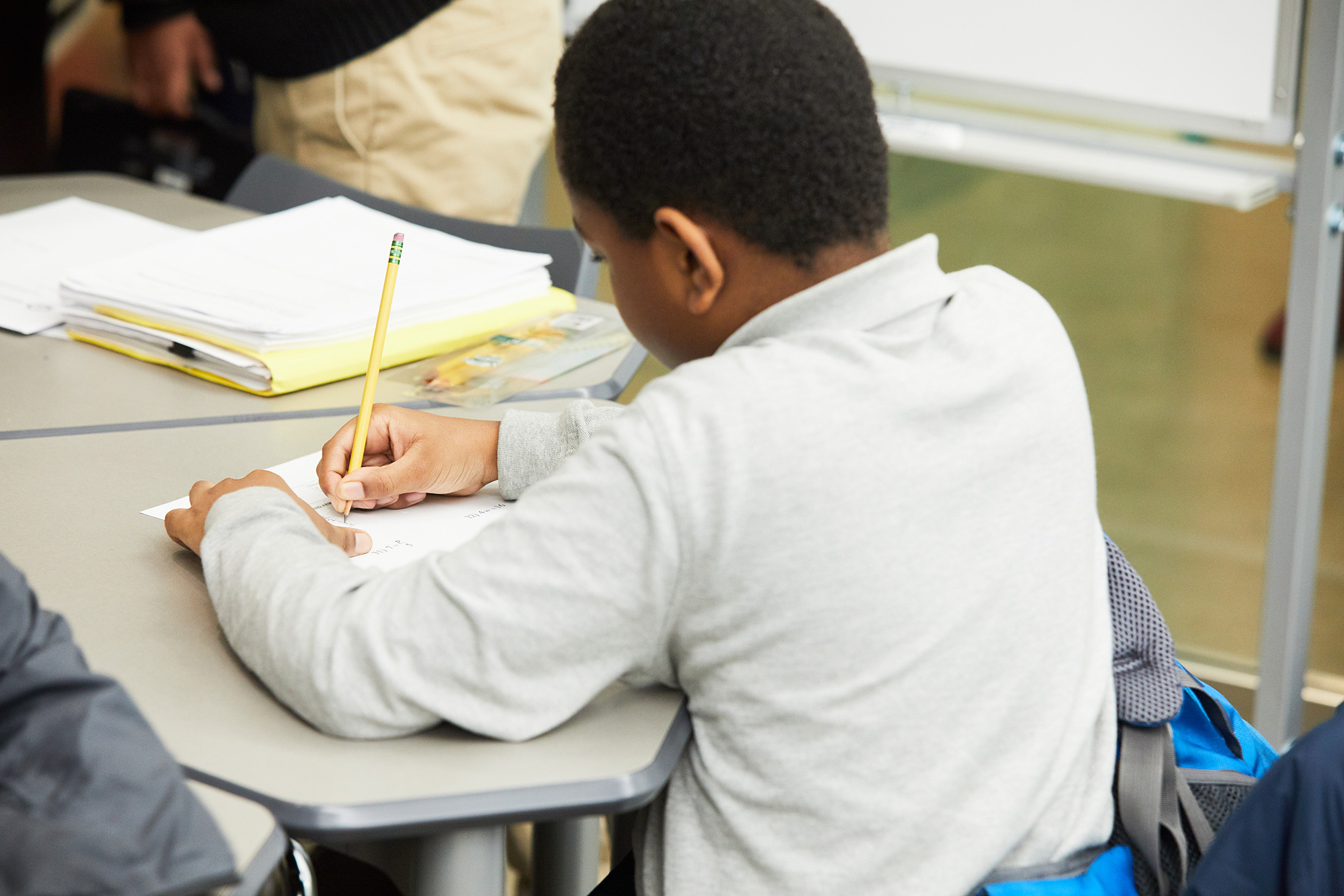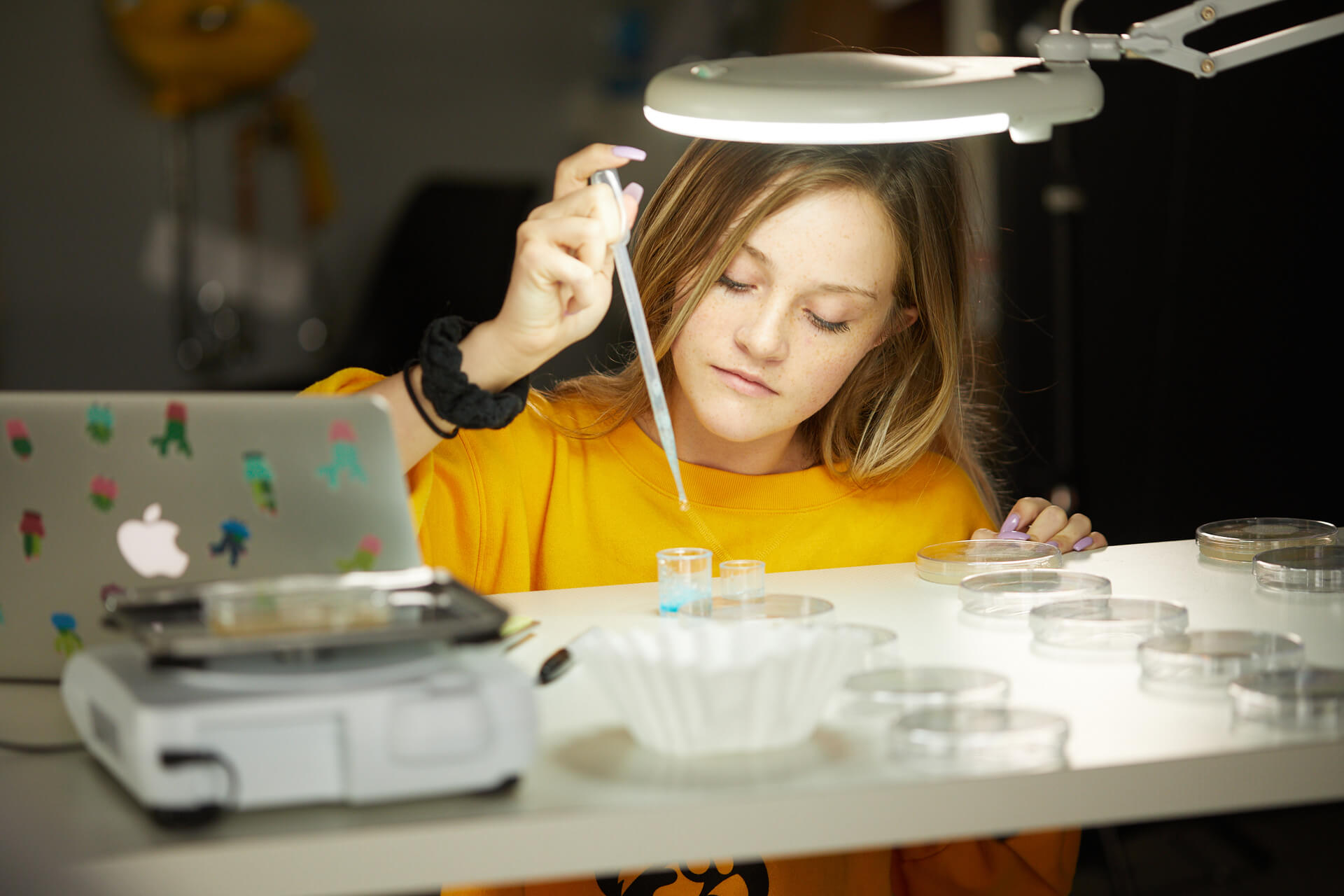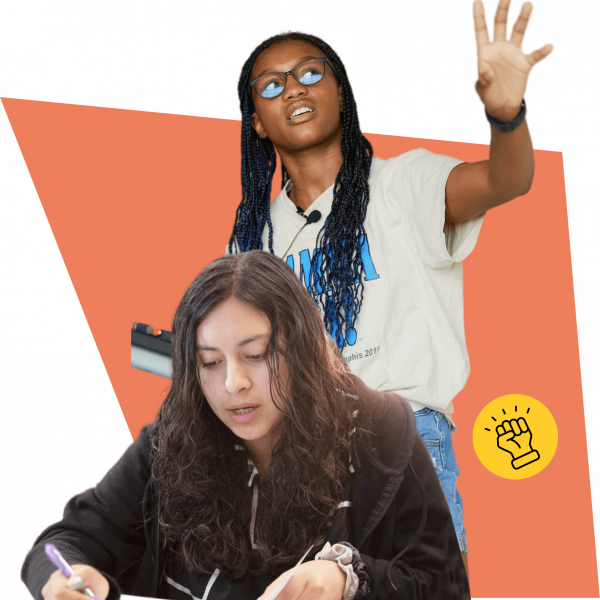5 Resources for Project Based Learning
“Why should I care about this?” As a teacher, you’ve probably heard some version of this…
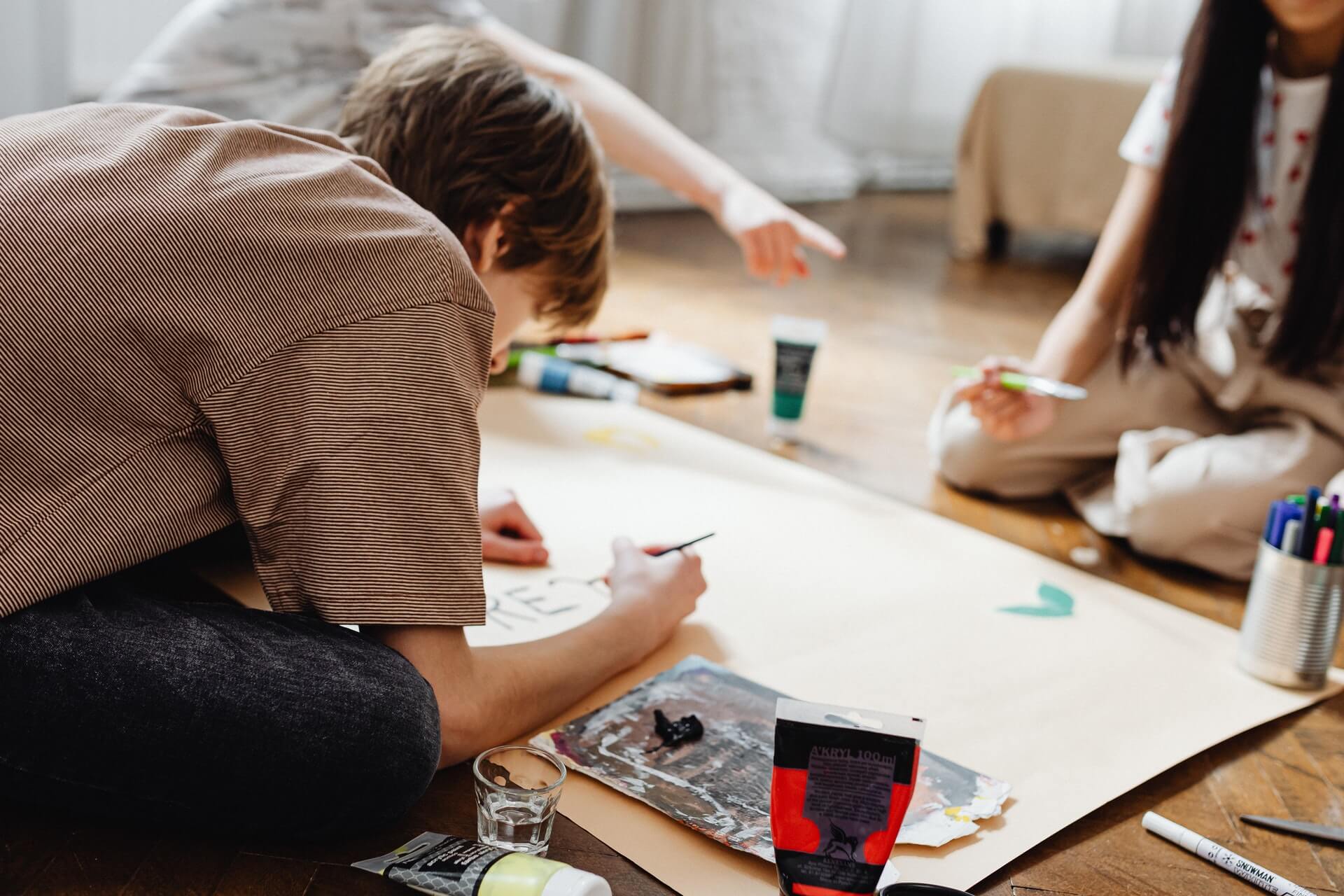
“Why should I care about this?” As a teacher, you’ve probably heard some version of this from a student. While potentially frustrating, this question is a reasonable response to traditional curriculum that, too often, doesn’t feel relevant to students’ lives.
This week, we’re exploring a learning method that addresses this concern by exploring the boundary between “school” and “real life”: project-based learning. Project-based learning, or PBL, sets up students to learn by doing. As a result, students experience learning that is relevant, meaningful, and engaged. Let’s dive in!
Project-based learning is more than just sprinkling projects into traditional curriculum.
Why It Matters: In project-based learning, students gain knowledge and skills by engaging with and responding to authentic, real-world challenges. The project isn’t an add-on to classroom learning: the project is the learning. You can gauge whether a project meets the criteria for rigorous, high-quality PBL by asking if it includes:
- Intellectual challenge and accomplishment
- Authenticity
- Public product
- Collaboration
- Project management
- Reflection
Extra Credit: Break Down Classroom Walls to Build Up Student Competencies
“Math Kids vs. Not Math Kids” no more: project-based learning empowers all students through meaningful math learning.
Why It Matters: Why do we teach students math? Too often, traditional math curricula fail to answer this question. As a result, students lack connection to the material—leaving many alienated from the subject. PBL creates a meaningful context for math by using math to tackle real-world problems, like these:
- Estimating how much water and food is needed for emergency relief in a devastated city of three million people, and how it might be distributed
- Designing the layout of the stalls in a school fair so as to raise as much money as possible
- Analyzing risk in situations such as extreme sports, pandemics, and terrorism
Extra Credit: 5 Tips for Getting Started With PBL in Math Classes
Círculos, an XQ school in Santa Ana, CA, shows how PBL and community partnerships go hand-in-hand.
Why It Matters: The four-year project-based learning program at Círculos asks students to identify a challenge in their community, propose a solution, communicate their proposal to community members, and work with outside organizations to put their ideas into action. This approach to PBL fosters strong community relationships, and empowers students as citizens and change-makers. Adapt Círculos’ approach for your class:
- Ask students to research challenges in their communities
- Teach students how to evaluate their own project proposals
- Connect students with outside organizations
- Create opportunities for students to present their learning to the community
Extra Credit: The Power of This Project-Based Learning and Place-Based Learning School
As our recent XQ + For Freedoms Billboard Challenge shows, projects allow students to see their ideas take shape in the real world.
Why It Matters: By challenging students to engage with real-world problems, PBL shows students that their voices and opinions matter. In our Billboard Challenge, we asked students to create art projects showing their vision for the future of high school—and then spotlighted student voice by displaying winning entries on billboards across Rhode Island! You can use projects to inspire student voice and creativity:
- Prompt students with exciting, relevant questions
- Incorporate art as a means of exploration and expression
- Provide meaningful ways for students to display their work
Extra Credit: Reimagining Art in PBL
Project-based learning doesn’t just engage students—it asks them to be their best academic selves.
Why It Matters: Recent studies show that high-quality implementation of project-based learning leads to increased student achievement and engagement. Especially in the wake of COVID-19 related learning loss, PBL is a powerful tool to help students succeed. To take a rigorous, effective approach to PBL:
- Give students power in designing and directing their projects
- Link projects to key academic content and standards
- Emphasize interdisciplinary connections in projects
- Prioritize relationships with students throughout their learning
Extra Credit: Teach Like a Runner: 3 Ways to Get Started With Project-Based Learning
How well do you know your Black History? We’ve got #BlackHistoryMonth polls and quizzes going all month long on XQ’s Instagram. Make sure to follow us (@XQAmerica) and invite your students to check out our stories to test their knowledge and join the fun!
Ready to dive deeper into Black History throughout the school year? Send your students to our self-paced, mini-course Beyond the Textbook: Black History Makers You Won’t Learn About In School.

